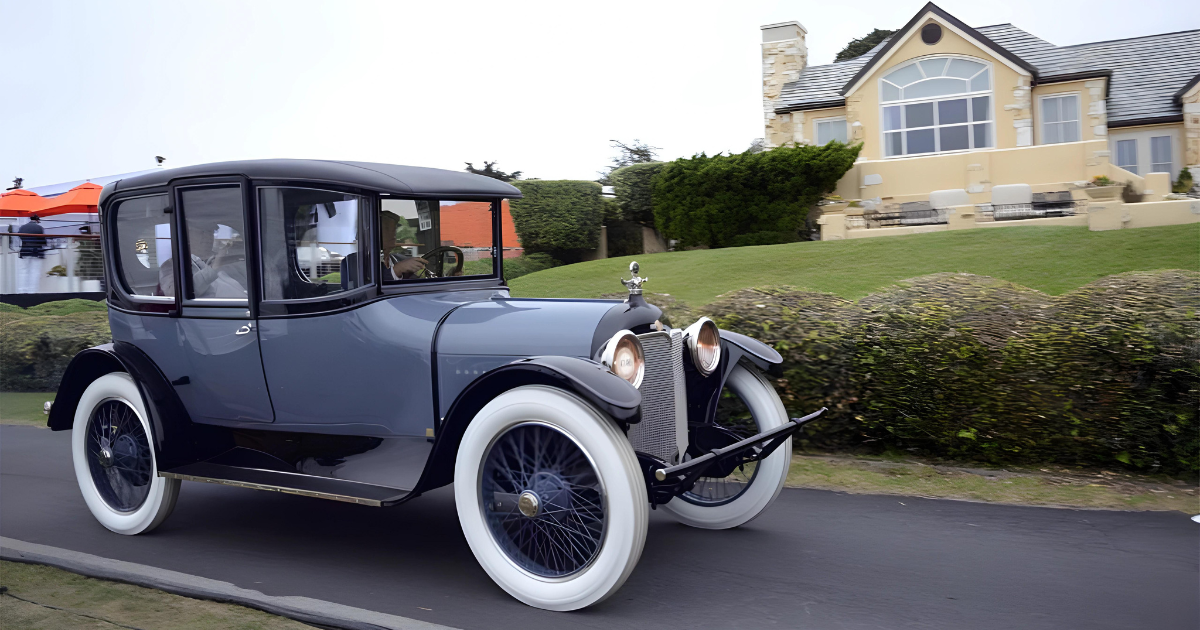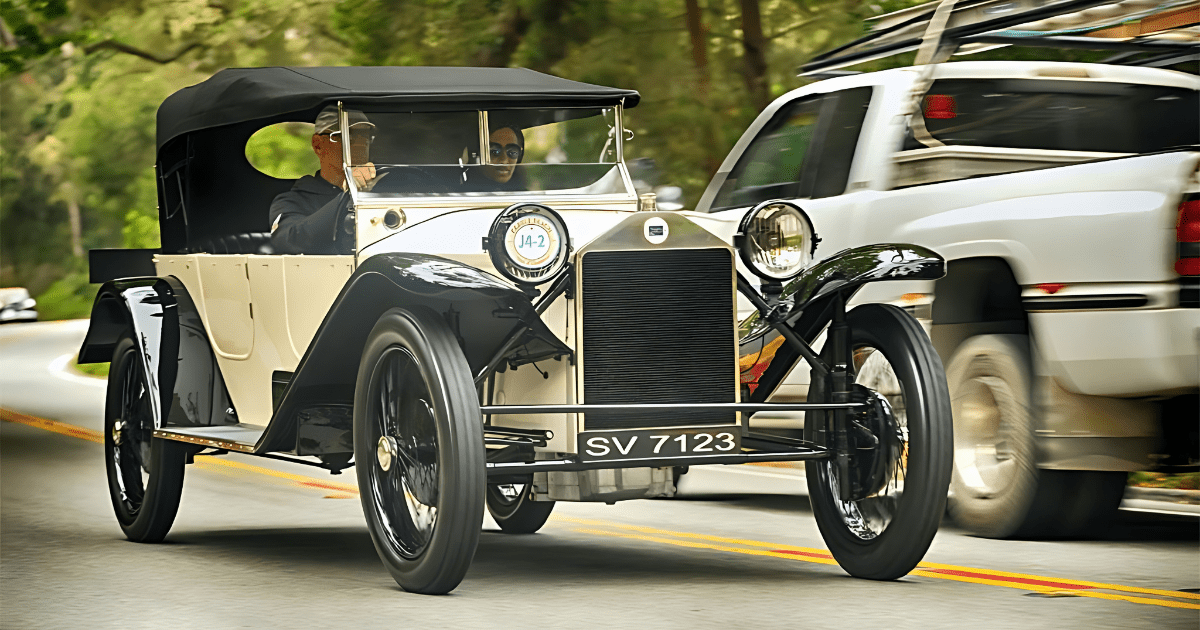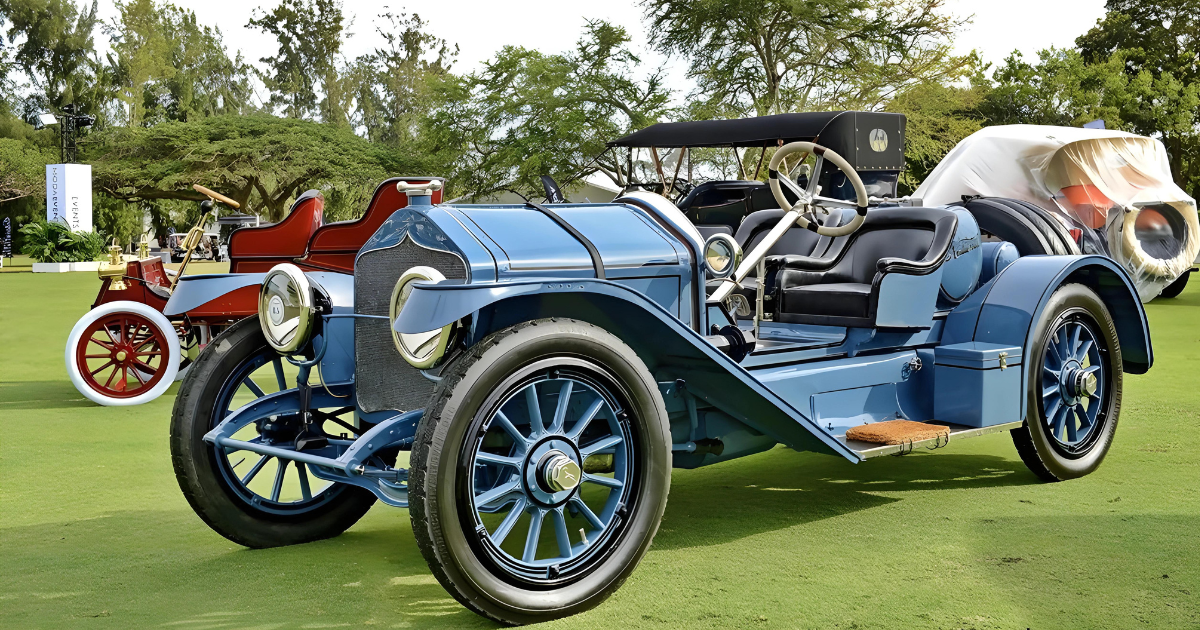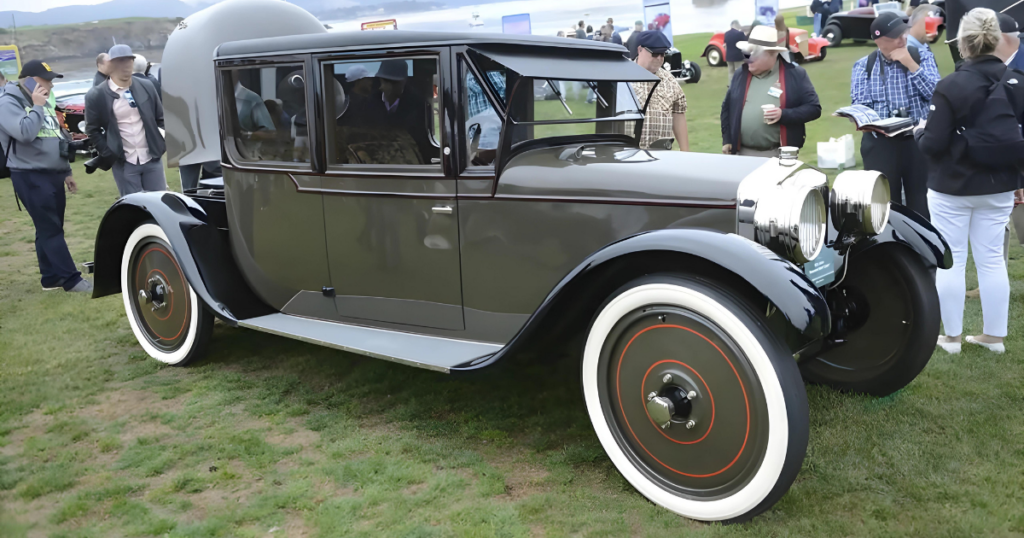
Julian S. Brown’s journey into the world of automobile manufacturing is a fascinating tale of ambition, innovation, and ultimately, a bold venture that faced numerous challenges. Born into wealth, Brown’s inheritance provided him with the means to explore various business ventures, including several attempts to establish himself in the automotive industry.
Brown’s initial endeavor involved the development of a large-displacement inline 6-cylinder engine, which he hoped to sell to luxury carmakers. However, this project faltered, perhaps due to the ambitious marketing claim of being “America’s Most Expensive Engine.” Undeterred by this setback, Brown continued to pursue his automotive ambitions, eventually setting his sights on creating a complete automobile.
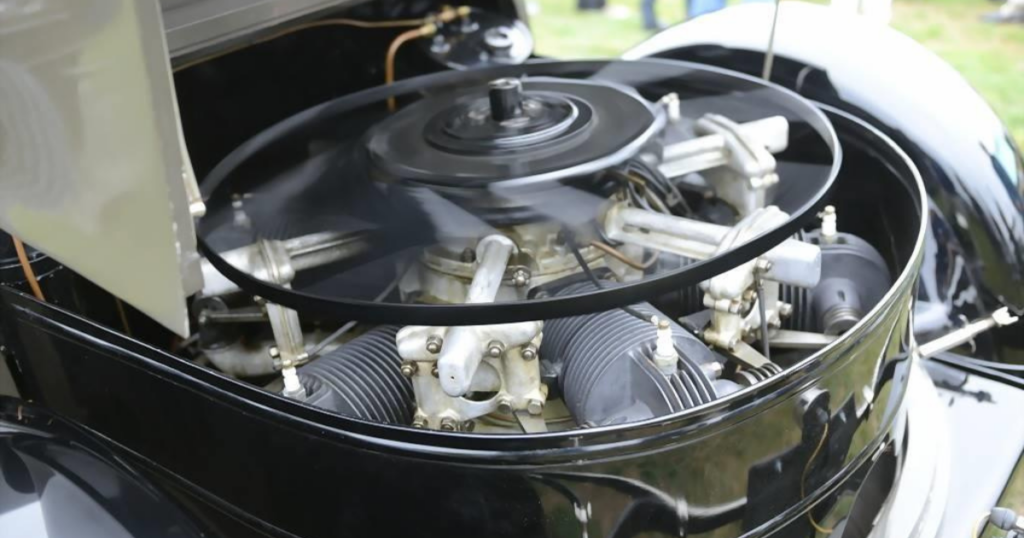
In the aftermath of World War I, Brown found renewed inspiration to delve into automobile production. Despite economic challenges, he embarked on a unique endeavor to create a Sport Coupe that would defy conventional design and drivetrain practices. With a team of engineers, machinists, and designers based in Syracuse, New York, Brown dedicated three years to bring his vision to life.
The result was the remarkable Julian Sport Coupe of 1925, a vehicle that pushed the boundaries of automotive innovation. At its heart was a rear-mounted, air-cooled flat six-cylinder engine—a configuration unheard of in automobiles of the time. This radial engine layout, commonly found in airplanes, offered unique advantages, including reduced drivetrain loss and minimal engine noise and aroma in the cabin.
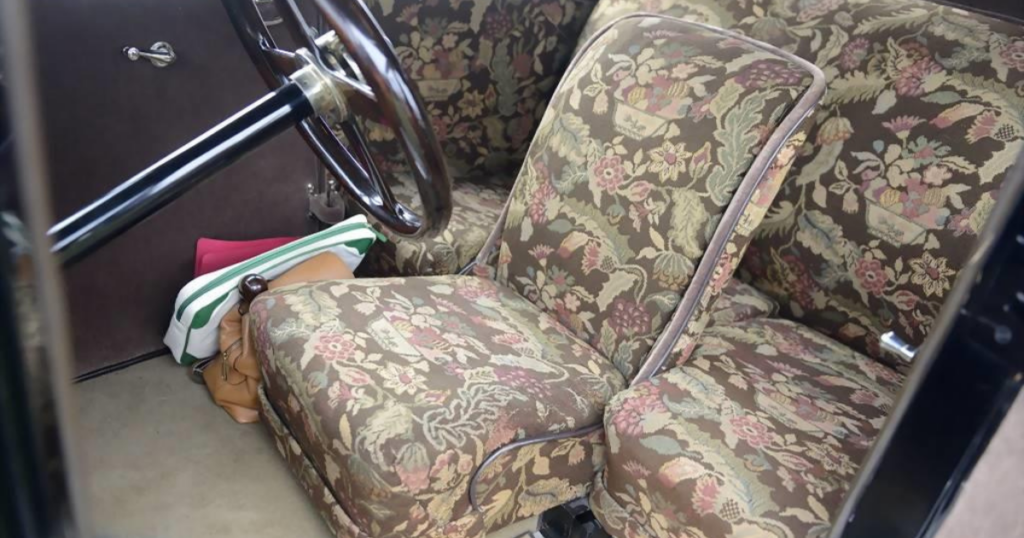
Paired with a three-speed transaxle and four shoe drum brakes located at the rear, the Sport Coupe boasted impressive performance and handling characteristics. Its lightweight aluminum body, crafted by renowned coachbuilder Fleetwood, exuded elegance and sophistication, with a distinctive boattail design at the rear.
Despite its groundbreaking design and engineering, the Julian Sport Coupe faced numerous challenges on the road to production. The company’s ambitious pricing strategy, coupled with the economic hardships of the early 1920s, ultimately led to its downfall. The prototype languished in storage for several decades until its acquisition by William Harrah’s Collection in 1966.
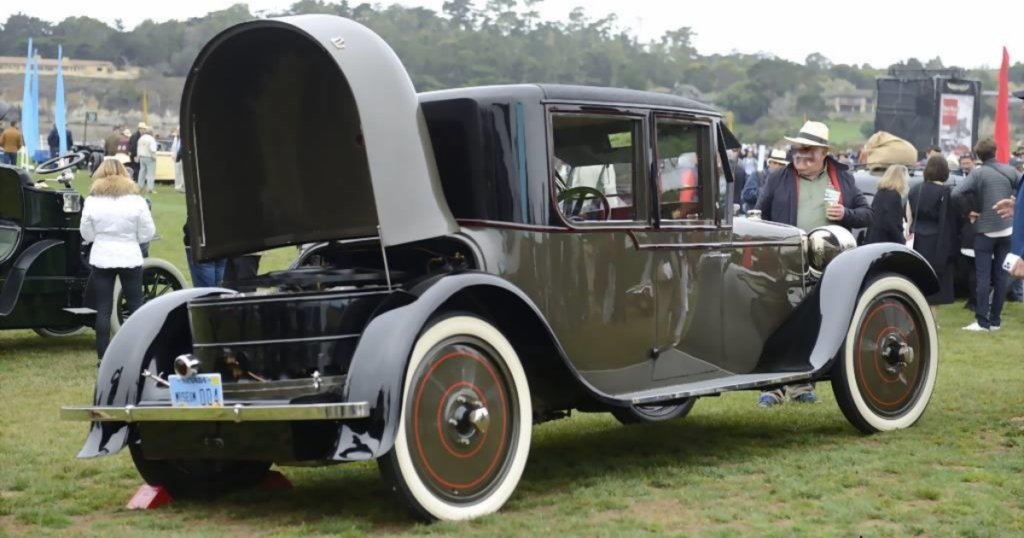
Undergoing a meticulous restoration, the Julian Sport Coupe was brought back to its former glory and now resides in the National Automobile Museum in Reno, Nevada. Its dark green and black paint scheme, along with matching disc wheels, serves as a testament to Brown’s bold vision and enduring legacy in the annals of automotive history. Though short-lived, the Julian company’s foray into automobile manufacturing left an indelible mark on the industry, showcasing the spirit of innovation and daring that defined the early days of motoring.

